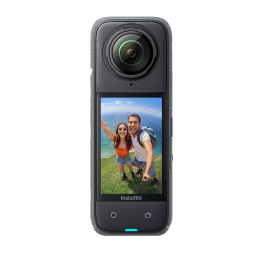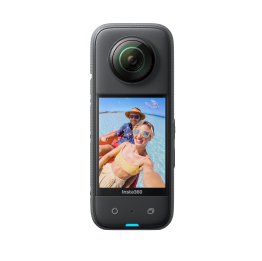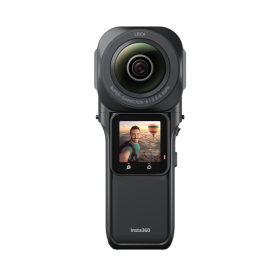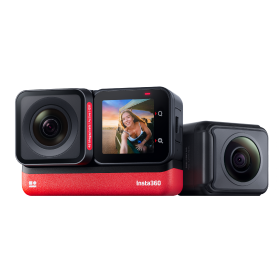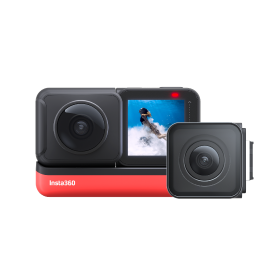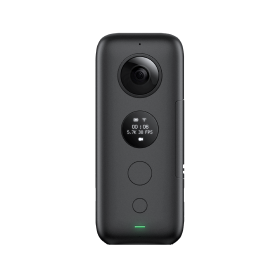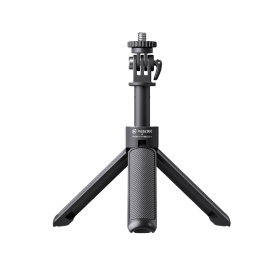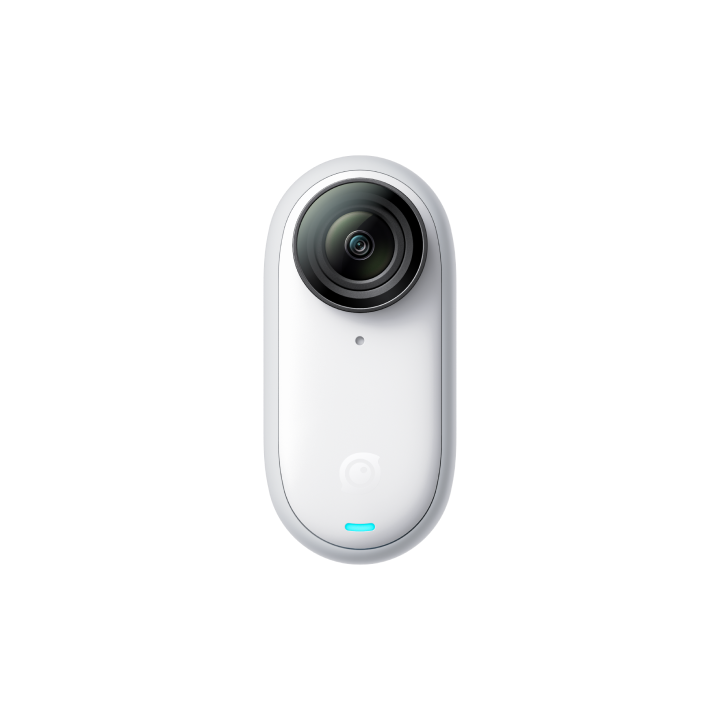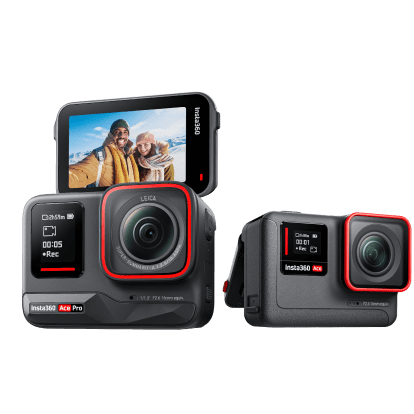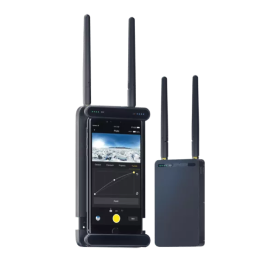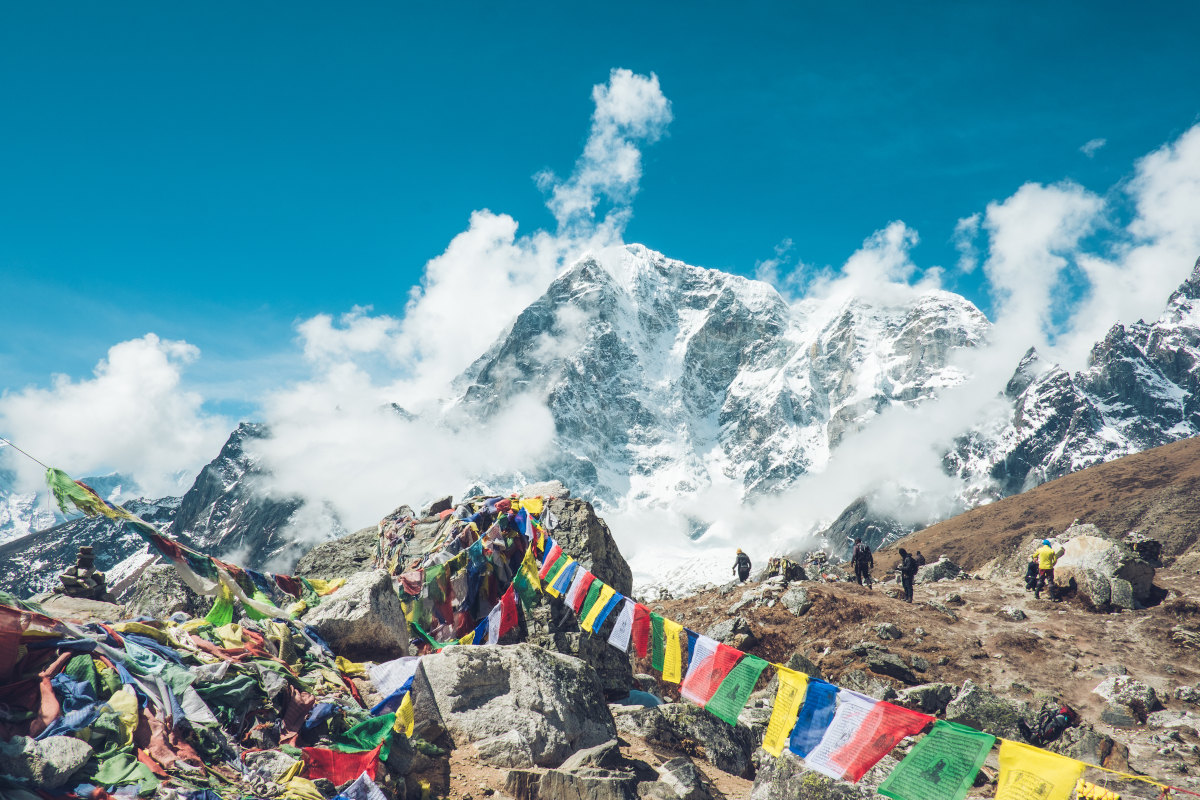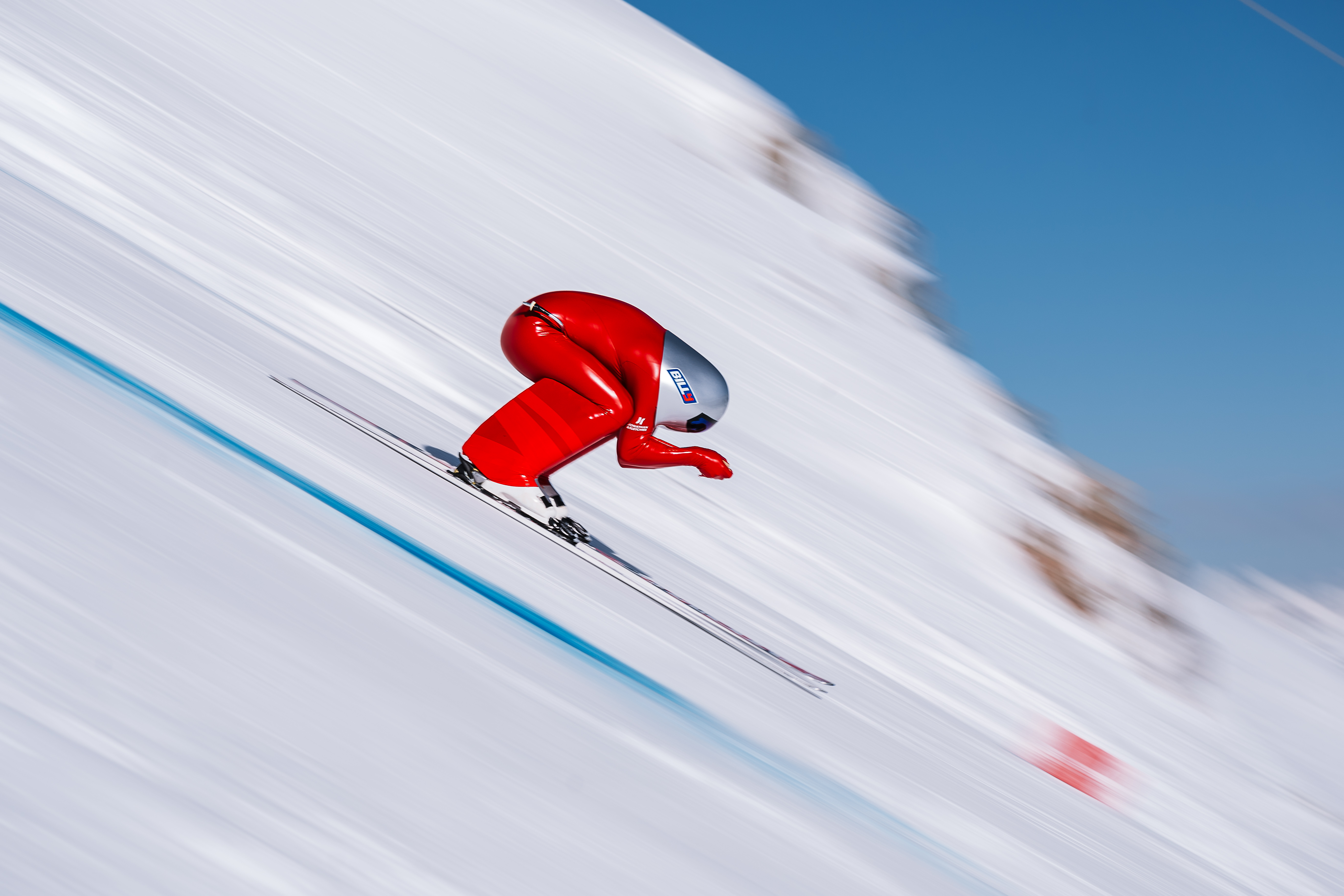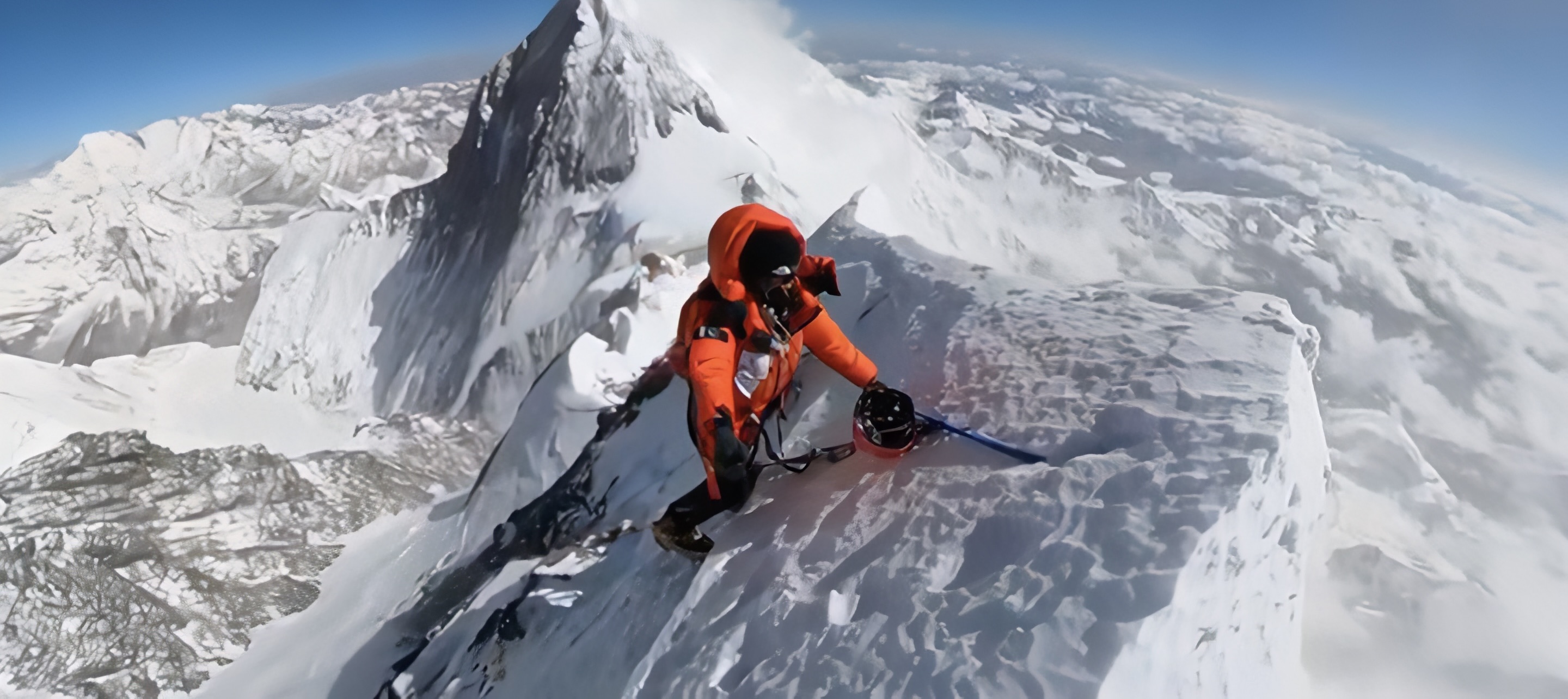360 degree films offer the opportunity to visit places and experience situations you wouldn’t otherwise be able to. What better setting for a 360 degree film than Mount Everest then?
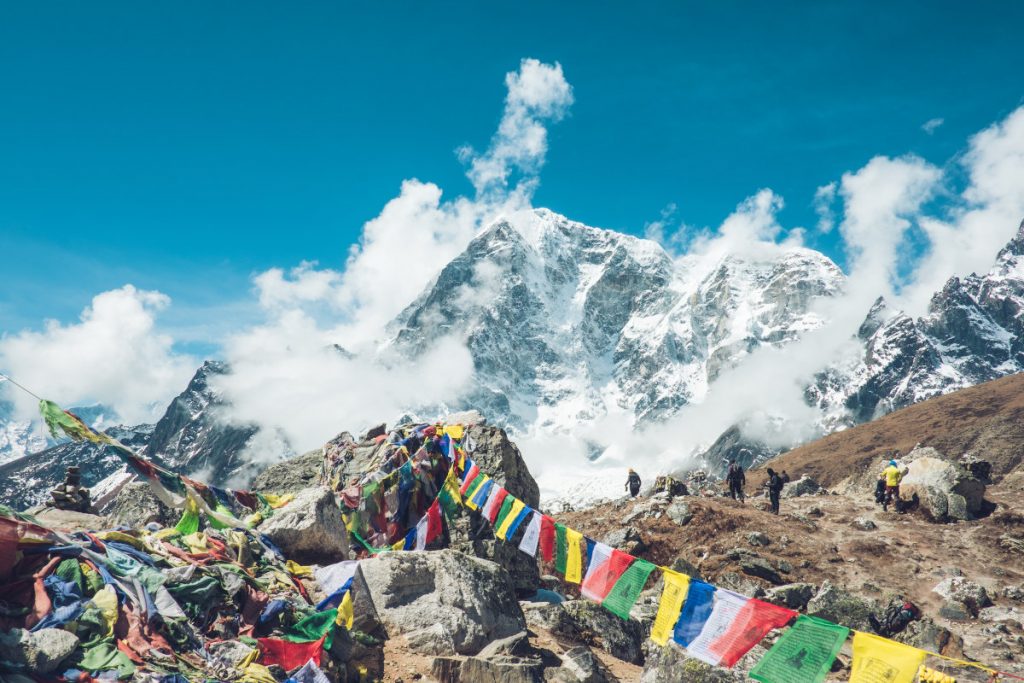
There are two base camps at the foot of Mount Everest—one to the south in Nepal and one to the north in Tibet. These base camps are popular stops for tourists and climbers during their ascent and descent.
Many trekkers only spend a few hours at the base camp before traveling on, but the base camp is a fascinating cultural microcosm itself. For mountaineers, it’s a comforting and uplifting place to acclimatize to the high altitude before attempting the summit. For Sherpa porters, the base camp is their home base in between treks—some might take up to 30 trips a season back and forth.
The filmmakers at IVAR Studios wanted to give visitors a closer look at Nepal’s Mount Everest base camp through an immersive 360 film. Watch IVAR Studio’s fascinating 360 degree short film “24 Hours in Basecamp” below and read on to learn more about their project.
1. Could you briefly introduce yourself and your company, IVAR Studios?
My name is Manne Nyman and I am an Immersive Producer at IVAR Studios. We’re a storytelling and tech studio focusing on immersive film formats. We do everything from documentary assignments to commercials and interactive experiences for clients worldwide.
I studied as a VR Producer at a school here in Sweden. I come from a background of working as a chef, but wanted to try something new and was excited by the challenges and potentials of working with a new format like VR. This Nepal job was the final part of my internship at IVAR Studios, which ended with this film and me getting employed.
Since we work in the fast-moving world of immersive storytelling, we’re usually involved in projects from the very start to the very end, meaning we do everything from ideation and storyboarding to production and post-production. Working in VR and 360 projects can be challenging for clients, so we often guide them throughout the whole process. We don’t just deliver a file—we also tailor a solution that also includes distribution and hardware.
We’re also one of the few production companies in the world producing immersive content for National Geographic (one of our founders Martin Edström is actually a National Geographic photographer), something we are very proud of!
Photo by Manne Nyman
2. Why did you decide to film a 360 degree short film centered at Mt Everest Base Camp?
We’ve been very involved in Nepal as a region for years, working with important subjects and challenges the region faces. One of our major assignments is working with a local NGO, Sagarmatha Next, to address the issue of waste management in this fragile region. IVAR Studios is the content partner for their upcoming sustainability center being built near the village of Namche Bazaar, the last big hub before venturing forward to Mt Everest.
With the 360 degree short film “24 Hours in Basecamp” we want to give visitors and the audience an experience to see more of base camp than most people get to during their visit. Most trekkers just spend an hour or two at Mt Everest base camp before they have to turn back and return to their lodges. We wanted to give them the opportunity to hear the perspectives of the locals and the climbers and experience a day of their stay in base camp.
Our core team for this feature, myself and Oliver Akermo, were based on location in Nepal for about a month. A larger team joined a National Geographic assignment in the spring, and kept working for Sagarmatha Next and on producing this film.
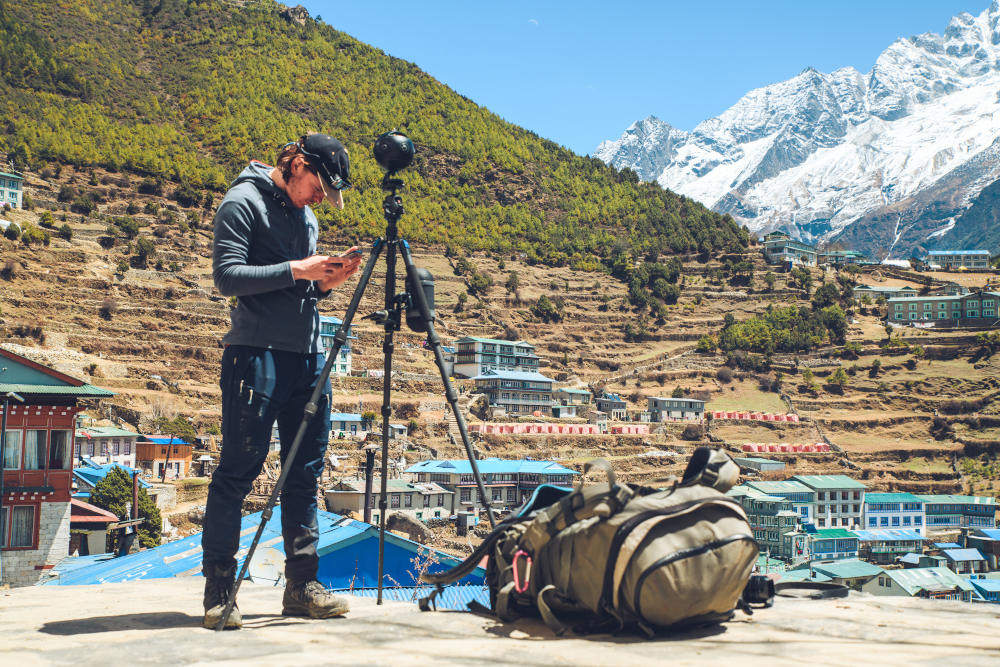
3. Why did you select the Insta360 Pro 2 as your 360 degree film camera for this project?
Throughout the years we have used pretty much all of the cameras on the market. When we started out a few years ago we had to 3D print our own rigs and put arrays of action cameras in them. Then more and more 360 degree film camera solutions started coming out.
These days, we use the Insta360 Pro 2 as our main camera due to its reliability, form-factor and great battery life.
We often work in remote areas and communities where we have to carry all of the gear ourselves. The Pro 2 is a great camera for its weight and size. It produces the level of quality that is expected for the type of productions we do. Using it together with an ambisonic sound setup is a perfect setup even for quick documentary shoots.
"The internal batteries of the Insta360 Pro 2 are great and let you film for long periods of time, even in cold weather like we faced here."
The fact that we could get hours of shooting on a set of batteries even in high altitude and cold environments speak for themselves. We also brought along V-mount batteries which allowed us to shoot several hours’ worth of footage on just one battery.
Photo by Manne Nyman
When taking still photographs, the Pro 2 has both RAW capabilities and great HDR functions. The HDR function allows you take up to 8 photos that can be stacked for greater details.
"The HDR feature is something we’ve used a lot to create cool 360 images for social media and some of our interactive stories."
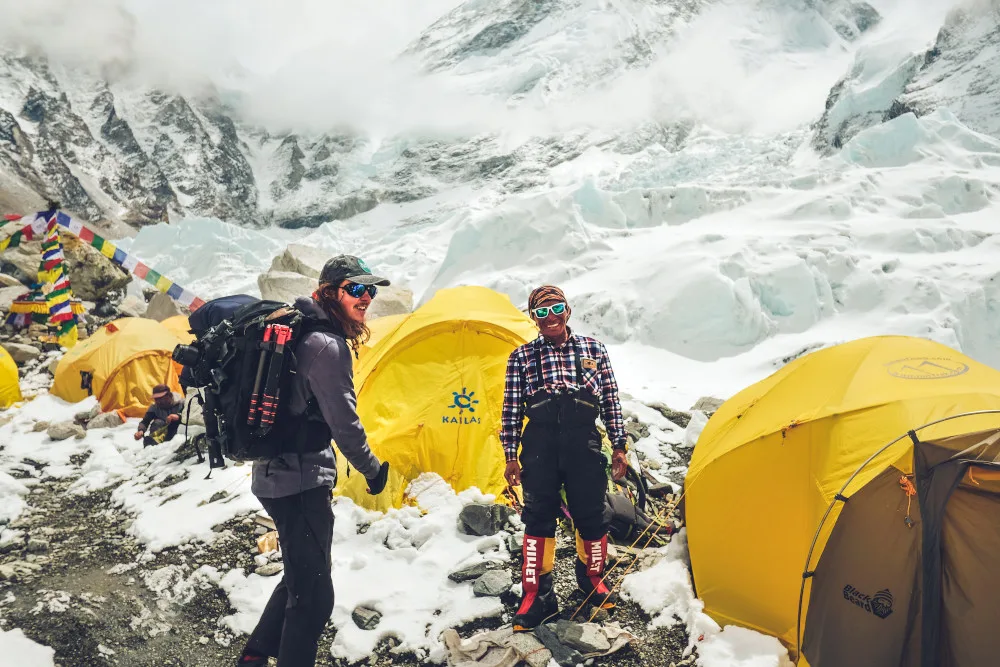
4. Do you have any tips for other filmmakers filming in extreme cold conditions?
Wear gloves at all times… It goes without saying that you have to be prepared for a high-altitude environment when you arrive. You meet plenty of trekkers and tourists that don’t understand how big the toll on your body is when you are at these high altitudes (and we get to feel the effects of this too, all too well). This is even more important for filmmakers who are working long days carrying heavy equipment.
Everchanging weather is something to always keep track of. You can’t really leave your camera alone for long periods of time, as everything from rain, snow, wild yaks and winds can come and mess it up. Make sure you have a comfy big down jacket and a thermos full of tea or coffee with you as you wait out a timelapse shot. With 360 degree films, you always have to hide behind a rock or something so you don’t end up in the video, so come prepared!
But also bring a pair of thick gloves to keep your hands warm, and then a pair of much thinner gloves that you use when you fiddle around with the camera. Keep your batteries in your shirt to keep them warm—this usually increases battery life in cold situations.
Our whole team has developed a complete dependence on wearing merino wool during our assignments. If you didn’t think good wool has anything to do with successful photo expeditions, think again. When you work in extreme environments, good material in your clothing is just as important as good glass in your lens!
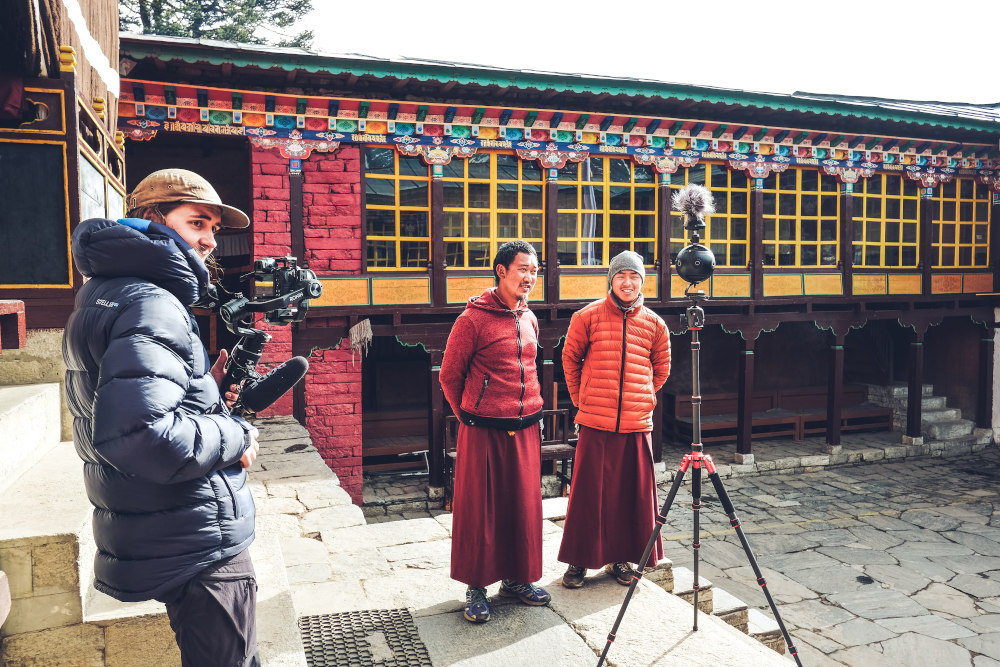
5. What are you most excited about with the potential for VR immersive storytelling and 360 degree films?
Creating immersive experiences that let you experience situations and places you can't otherwise visit. VR cameras are a great tool for creating immersive film experiences that can take you through time and space to new places. May it be space, someone's fantasy or something completely different, you can create worlds you cannot otherwise find on our planet.
For us, the story is the key of great immersive experiences. We see interactive layers as the next big step and we’ve been focusing on developing solutions for this in the past few years.
We’ve also finally seen VR media grow up and find its place. More and more enterprise and real-life applications are coming out, changing VR technology from just games and entertainment into something useful.
Learn more on IVAR Studios' website.
Keen to keep up to date on Insta360 stories? Keep an eye on our blog and sign up for our mailing list.
